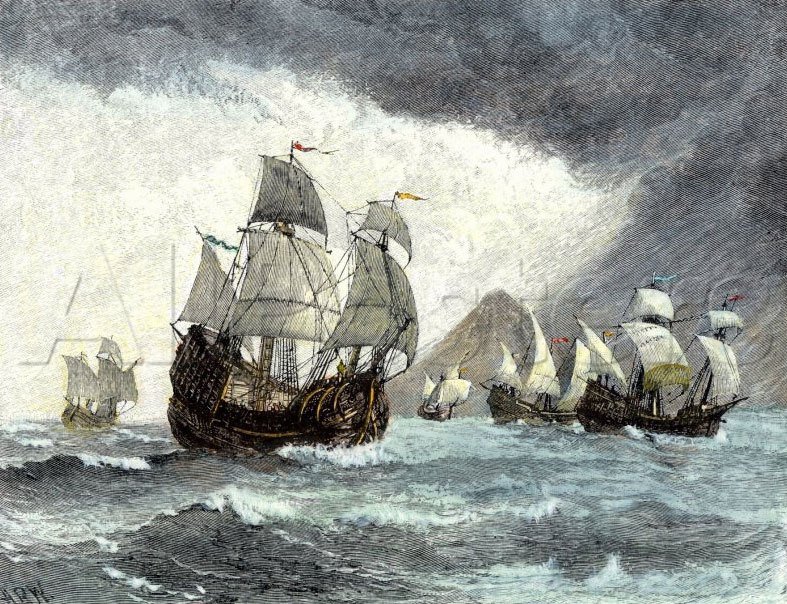
В 2020 году исполняется 500 лет с дня открытия Фернаном Магелланом архипелага Огненная Земля.
В Аргентине и Чили Огненную Землю называют «краем света». На протяжение столетий путешественники считали, что дальше этих скал, обдуваемых пронизывающими ветрами, ледяных шапок гор и уходящего за горизонт океана ничего нет. Имя архипелагу в 1520 году дал Фернан Магеллан. Экспедиция португальского мореплавателя искала здесь кратчайший морской путь из Атлантики в Тихий океан, а нашла неприветливые земли, освещаемые в ночи россыпью таинственных огней. Магеллан назвал землю Огненной, Tierra del Fuego, предполагая, что источники света на берегу – лесные пожары. Позже выяснилось, что суровый «край Земли» обитаем, а загадочные огни – не что иное, как костры аборигенов.
Около 10 000 лет назад Огненная Земля стала домом для людей, а еще раньше – для многочисленных животных: морских львов, тюленей, лам гуанако, лисиц. Неприступные скалы облюбовали тысячи морских птиц. Чтобы сохранить уникальную огнеземельную фауну, в 1960 году здесь был создан самый южный национальный парк планеты. На выставке «Таинственный Край Земли» вы встретите самых ярких представителей Огненной Земли: андскую лисицу – самую крупную из лисиц Южной Америки, коренного огнеземельца туко-туко, странствующих альбатросов с размахом крыльев более 3 м, уникальных магеллановых гусей, андского кондора и очаровательную ламу гуанако.
Огненная Земля – не первое и не последнее открытие Магеллана. Выставка расскажет о том, как бедный португальский дворянин стал знаменитым мореплавателем, а его экспедиция за пряностями вошла в историю Великих географических открытий, стала триумфом духа и сагой о мужестве ценой сотен человеческих жизней.
Посетить виртуальную выставку →

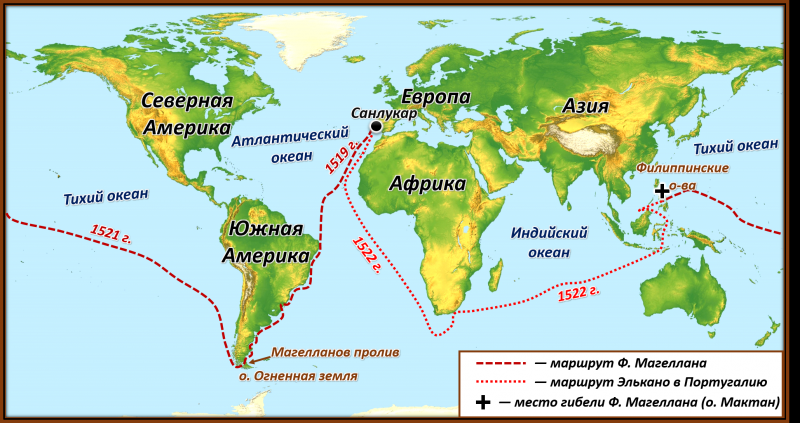
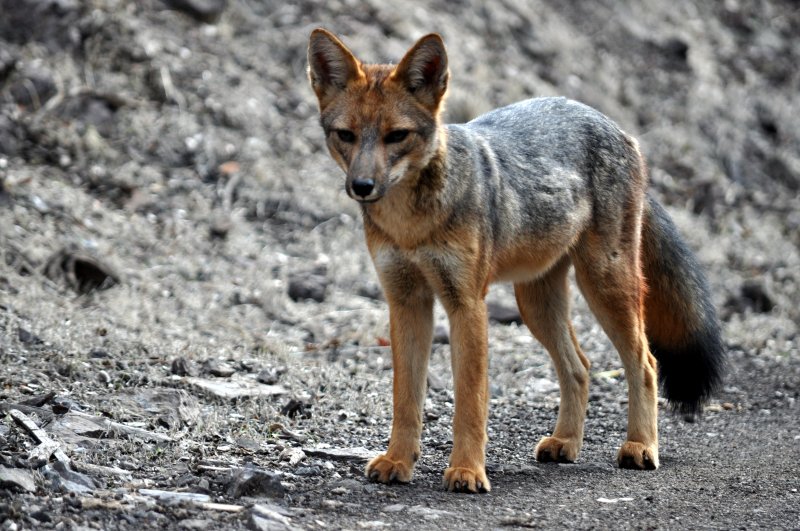
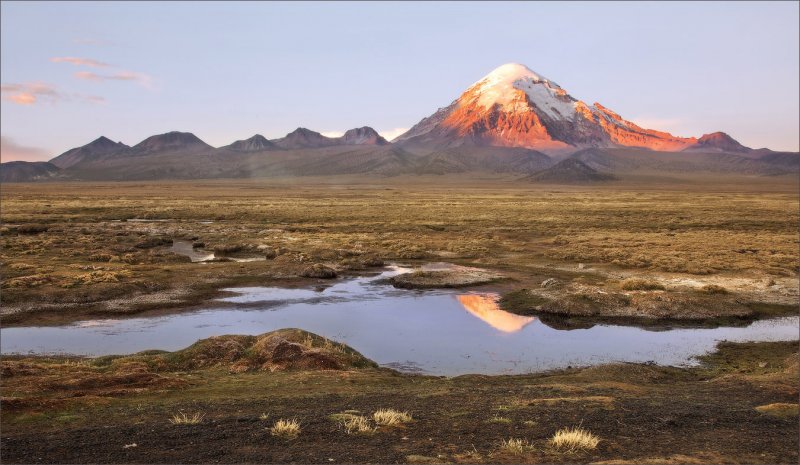
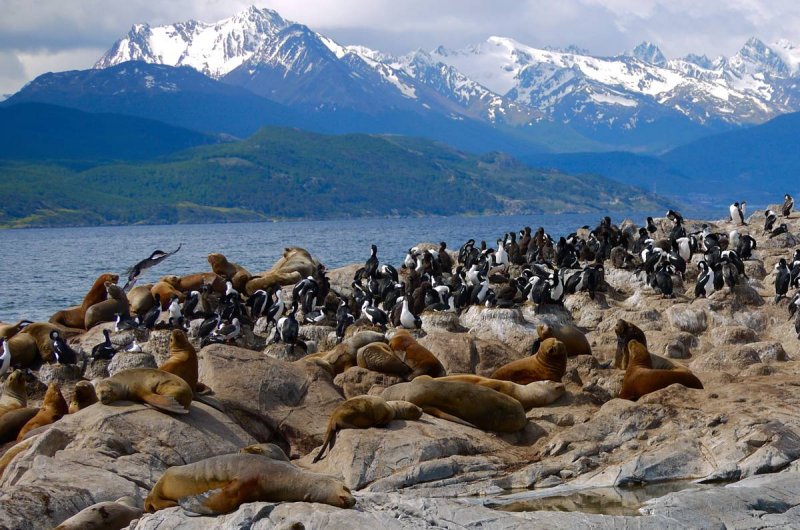
22 января 2021 - 22 января 2021

В 2020 году исполняется 500 лет с дня открытия Фернаном Магелланом архипелага Огненная Земля.
В Аргентине и Чили Огненную Землю называют «краем света». На протяжение столетий путешественники считали, что дальше этих скал, обдуваемых пронизывающими ветрами, ледяных шапок гор и уходящего за горизонт океана ничего нет. Имя архипелагу в 1520 году дал Фернан Магеллан. Экспедиция португальского мореплавателя искала здесь кратчайший морской путь из Атлантики в Тихий океан, а нашла неприветливые земли, освещаемые в ночи россыпью таинственных огней. Магеллан назвал землю Огненной, Tierra del Fuego, предполагая, что источники света на берегу – лесные пожары. Позже выяснилось, что суровый «край Земли» обитаем, а загадочные огни – не что иное, как костры аборигенов.
Около 10 000 лет назад Огненная Земля стала домом для людей, а еще раньше – для многочисленных животных: морских львов, тюленей, лам гуанако, лисиц. Неприступные скалы облюбовали тысячи морских птиц. Чтобы сохранить уникальную огнеземельную фауну, в 1960 году здесь был создан самый южный национальный парк планеты. На выставке «Таинственный Край Земли» вы встретите самых ярких представителей Огненной Земли: андскую лисицу – самую крупную из лисиц Южной Америки, коренного огнеземельца туко-туко, странствующих альбатросов с размахом крыльев более 3 м, уникальных магеллановых гусей, андского кондора и очаровательную ламу гуанако.
Огненная Земля – не первое и не последнее открытие Магеллана. Выставка расскажет о том, как бедный португальский дворянин стал знаменитым мореплавателем, а его экспедиция за пряностями вошла в историю Великих географических открытий, стала триумфом духа и сагой о мужестве ценой сотен человеческих жизней.
Посетить виртуальную выставку →




